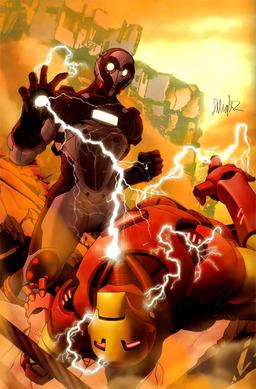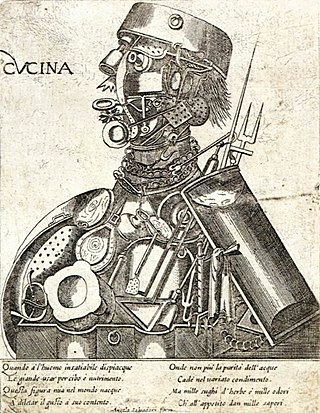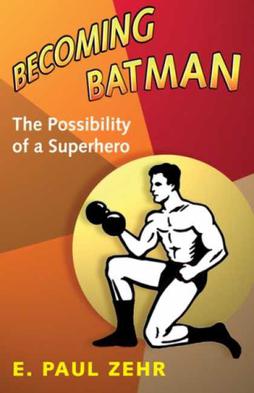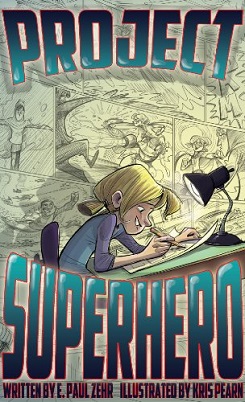
Engineering is the practice of using natural science, mathematics, and the engineering design process to solve technical problems, increase efficiency and productivity, and improve systems. Modern engineering comprises many subfields which include designing and improving infrastructure, machinery, vehicles, electronics, materials, and energy systems.

Neuroscience is the scientific study of the nervous system, its functions and disorders. It is a multidisciplinary science that combines physiology, anatomy, molecular biology, developmental biology, cytology, psychology, physics, computer science, chemistry, medicine, statistics, and mathematical modeling to understand the fundamental and emergent properties of neurons, glia and neural circuits. The understanding of the biological basis of learning, memory, behavior, perception, and consciousness has been described by Eric Kandel as the "epic challenge" of the biological sciences.

The Scientific Revolution was a series of events that marked the emergence of modern science during the early modern period, when developments in mathematics, physics, astronomy, biology and chemistry transformed the views of society about nature. The Scientific Revolution took place in Europe in the second half of the Renaissance period, with the 1543 Nicolaus Copernicus publication De revolutionibus orbium coelestium often cited as its beginning.

The Invisible Man is an 1897 science fiction novel by British writer H. G. Wells. Originally serialised in Pearson's Weekly in 1897, it was published as a novel the same year. The Invisible Man to whom the title refers is Griffin, a scientist who has devoted himself to research into optics and who invents a way to change a body's refractive index to that of air so that it neither absorbs nor reflects light. He carries out this procedure on himself and renders himself invisible, but fails in his attempt to reverse it. A practitioner of random and irresponsible violence, Griffin has become an iconic character in horror fiction.

Cognitive neuroscience is the scientific field that is concerned with the study of the biological processes and aspects that underlie cognition, with a specific focus on the neural connections in the brain which are involved in mental processes. It addresses the questions of how cognitive activities are affected or controlled by neural circuits in the brain. Cognitive neuroscience is a branch of both neuroscience and psychology, overlapping with disciplines such as behavioral neuroscience, cognitive psychology, physiological psychology and affective neuroscience. Cognitive neuroscience relies upon theories in cognitive science coupled with evidence from neurobiology, and computational modeling.

Iron Man is a superhero appearing in American comic books published by Marvel Comics. Co-created by writer and editor Stan Lee, developed by scripter Larry Lieber, and designed by artists Don Heck and Jack Kirby, the character first appeared in Tales of Suspense #39 in 1962 and received his own title with Iron Man #1 in 1968. Shortly after his creation, Iron Man became a founding member of the superhero team, the Avengers, with Thor, Ant-Man, the Wasp, and the Hulk. Iron Man stories, individually and with the Avengers, have been published consistently since the character's creation.

The history of technology is the history of the invention of tools and techniques by humans. Technology includes methods ranging from simple stone tools to the complex genetic engineering and information technology that has emerged since the 1980s. The term technology comes from the Greek word techne, meaning art and craft, and the word logos, meaning word and speech. It was first used to describe applied arts, but it is now used to describe advancements and changes that affect the environment around us.

War Machine is a superhero appearing in American comic books published by Marvel Comics. Created by David Michelinie, John Byrne, and Bob Layton as a supporting character for Iron Man, he first appeared in Iron Man #118 (1979) and became a superhero with the Iron Man armor in issue #169 (1983). War Machine has since been established as an independent superhero and appeared in multiple standalone series in addition to his appearances in Iron Man comics.
Raymond Vahan Damadian was an American physician, medical practitioner, and inventor of the first nuclear magnetic resonance (NMR) scanning machine.
The use of nanotechnology in fiction has attracted scholarly attention. The first use of the distinguishing concepts of nanotechnology was "There's Plenty of Room at the Bottom", a talk given by physicist Richard Feynman in 1959. K. Eric Drexler's 1986 book Engines of Creation introduced the general public to the concept of nanotechnology. Since then, nanotechnology has been used frequently in a diverse range of fiction, often as a justification for unusual or far-fetched occurrences featured in speculative fiction.
Kathleen E. Taylor is a popular science author and a research scientist in the Department of Physiology, Anatomy and Genetics at the University of Oxford. In July 2012 she was appointed as a Science Fellow of the Institute for Food, Brain and Behaviour.

The Marvel Comics character Iron Man has appeared in various other media since his debut in Tales of Suspense #39. Iron Man has been the focus of three animated series, two Japanese animated projects, and a direct-to-DVD animated feature. An Iron Man live-action feature film starring Robert Downey Jr. as the character and directed by Jon Favreau was released in 2008, with Downey also appearing as the character in the two sequels Iron Man 2 and 3, in a cameo in The Incredible Hulk, and as a main character in several other films in the Marvel Cinematic Universe including The Avengers, Avengers: Age of Ultron, Captain America: Civil War, Spider-Man: Homecoming, Avengers: Infinity War, and Avengers: Endgame.

Ezekiel "Zeke" Stane is a supervillain appearing in American comic books published by Marvel Comics. The character is usually depicted as the son of Obadiah Stane and an enemy of Iron Man. Created by writer Matt Fraction and artist Barry Kitson, he first appeared in The Order #10.

A cyborg —a portmanteau of cybernetic and organism—is a being with both organic and biomechatronic body parts. The term was coined in 1960 by Manfred Clynes and Nathan S. Kline. In contrast to biorobots and androids, the term cyborg applies to a living organism that has restored function or enhanced abilities due to the integration of some artificial component or technology that relies on feedback.
E. Paul Zehr is a Canadian professor of kinesiology and neuroscience, and a science communicator at the University of Victoria, in British Columbia, Canada. He is known for his work in neural plasticity associated with exercise training and rehabilitation. Zehr is best known to the general public as the author of the popular science books Becoming Batman: The Possibility of a Superhero (2008), Inventing Iron Man: The Possibility of a Human Machine (2011), Project Superhero (2014), and Chasing Captain America (2018).

Becoming Batman: The Possibility of a Superhero is a 2008 science book by neuroscience professor E. Paul Zehr. The book was first published on November 7, 2008, through Johns Hopkins University Press and covers how much an ordinary person would need to train and adapt to become Batman. Becoming Batman is unique in its explicit analysis of whether or not it is actually possible for a human being to achieve Batman status through training.

Irreducible Mind: Toward a Psychology for the 21st Century is a 2007 psychological book by Edward Francis Kelly, Emily Williams Kelly, Adam Crabtree, Alan Gauld, Michael Grosso, and Bruce Greyson. It attempts to bridge contemporary cognitive psychology and mainstream neuroscience with "rogue phenomena", which the authors argue exist in near-death experiences, psychophysiological influence, automatism, memory, genius, and mystical states.

Project Superhero is a 2014 children's fiction/non-fiction hybrid book written by neuroscientist E. Paul Zehr and illustrated by Kris Pearn. It was first published in hardcover print in September 2014 by ECW Press. In 2015, the book was awarded a silver medal in juvenile fiction by the IPPY Awards. This is Zehr's third book, but first foray into children's fiction.

Tony Stark has worn different versions of the Iron Man armor throughout the Marvel Cinematic Universe (MCU). He has also built armor for James Rhodes, the Iron Spider suit for Peter Parker, and Pepper Potts' Rescue armor.















